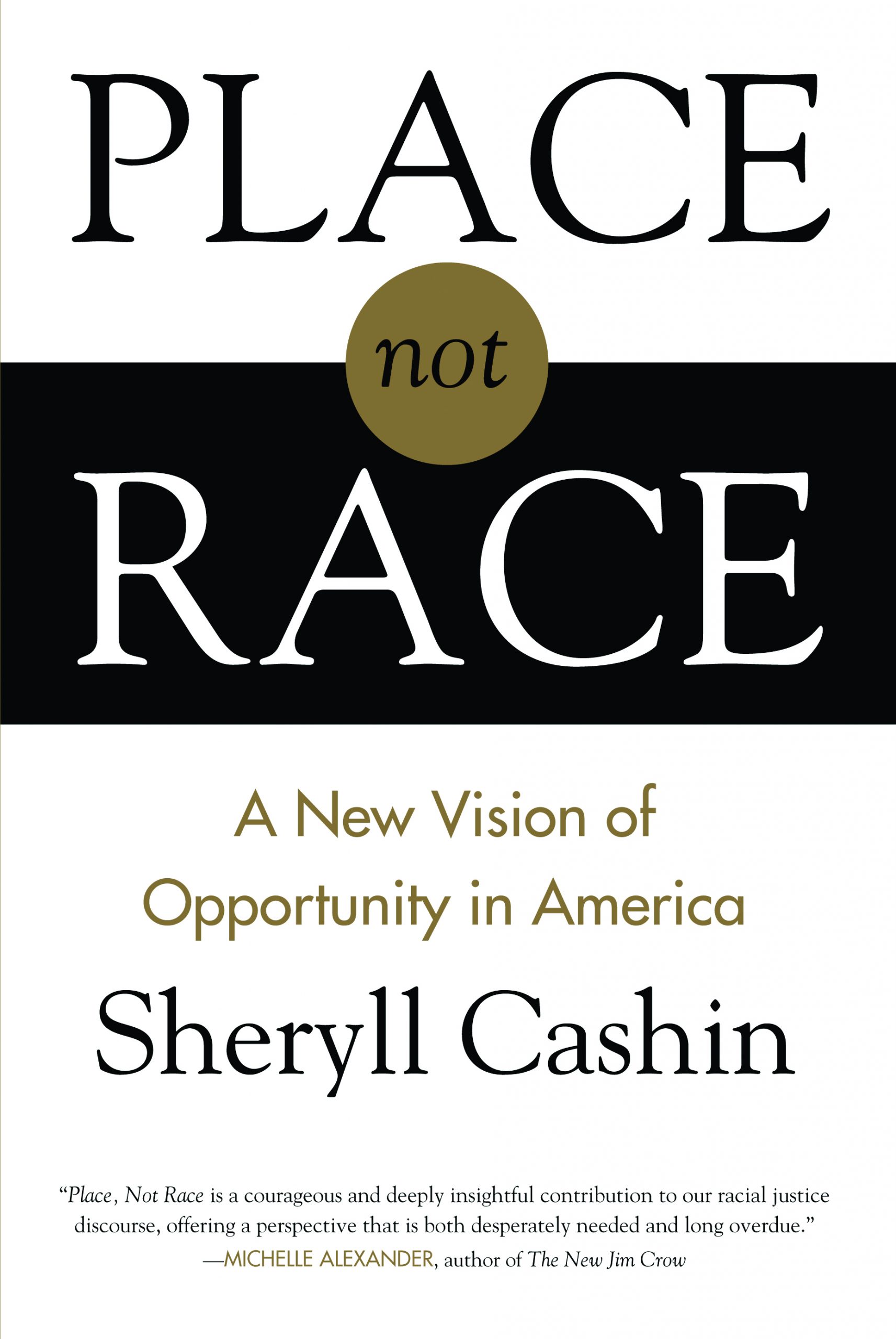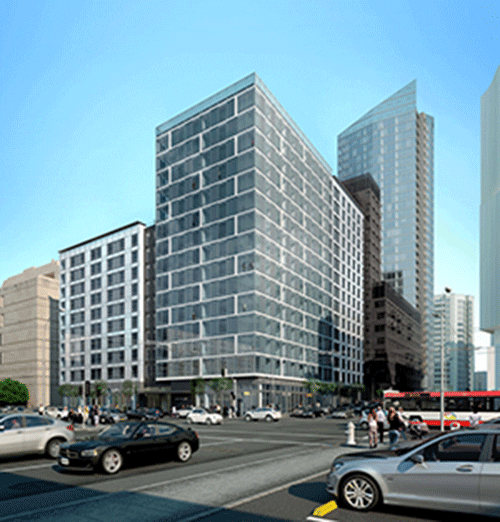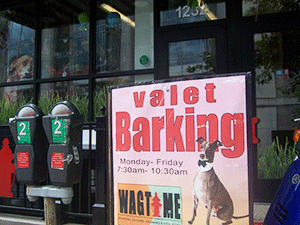
Pre-K students practice their painting skills at the Drew Charter School in Atlanta. The school is part of the East Lake initiative, a revitalization effort that includes mixed-income housing pioneered by the Purpose Built Communities model. Photo courtesy of the East Lake Foundation
Building mixed-income housing is often part of efforts to revitalize neighborhoods of poverty. Too often, it generates uneven results. We have found that mixed-income housing has a far greater impact when it is being planned and built in connection with the other key elements of healthy communities: education and wellness. In other words, housing policy equals education policy equals public health policy. Aligning policies and resources to focus on housing, education, and wellness can break the cycle of intergenerational poverty and turn formerly distressed areas into launch pads for their residents. This is what we have seen in places like the East Lake neighborhood of Atlanta and the Bayou District in New Orleans. At Purpose Built Communities, our theory of change is that low-income children and families who live in safe, mixed-income neighborhoods with excellent schools, strong support services, and a culture of health will reach their full potential and break the cycle of intergenerational poverty.
Purpose Built Communities helps struggling neighborhoods end intergenerational poverty, substandard education, unemployment, health disparities, and other challenges using a three-pronged model—high-quality mixed-income housing, a cradle-to-college education pipeline, and community wellness programs and facilities—which together create our holistic approach to community revitalization.
We partner with a “community quarterback organization” within a defined geographic area. The community quarterback functions as an organizer and navigator toward the shared goal of community revitalization, with a focus on excellence in execution over the long haul. Community quarterback organizations have boards of directors composed of civic, business and community leaders from across their cities, and sometimes the country, who leverage their connections, resources, and expertise to benefit a neighborhood. The staffs of these organizations focus on day-to-day tasks and programs, working with partners to establish shared metrics, bring together knowledgeable allies and financial resources, and ensure that the work of community partners will benefit the entire neighborhood. The community quarterback knits together the diverse sectors of a neighborhood.
Over time, these coordinated investments attract people who have a choice of where to live and send their children to school. Why? Location in proximity to employment, amenities, and quality education is a draw. The result is a mixed-income neighborhood with social networks that provide access to opportunities that did not previously exist. When we align policies, investments, and opportunities, great results become possible.
Mixed-income housing can also provide long-term affordability to a neighborhood so there is always a place for low-income families to live as the neighborhood becomes stronger and more desirable. An effective community quarterback can also create opportunities for additional affordable housing to be developed, again in a mixed-income approach, if needed. Mixed-income housing in its own silo seldom creates the kind of broader social networks that we know are important for families striving for economic mobility, but mixed-income housing plus a high-quality, mixed-income school creates networks that benefit everyone, especially low-income families.
Recent research from economist Raj Chetty and others at The Equality of Opportunity Project has shown that mixed-income neighborhoods produce better long-term health and economic outcomes with much greater economic mobility than low-income neighborhoods. Mixed-income housing is a big piece of the puzzle, but it is so much more effective when built in a coordinated fashion with other investments that create healthy neighborhoods.





Comments